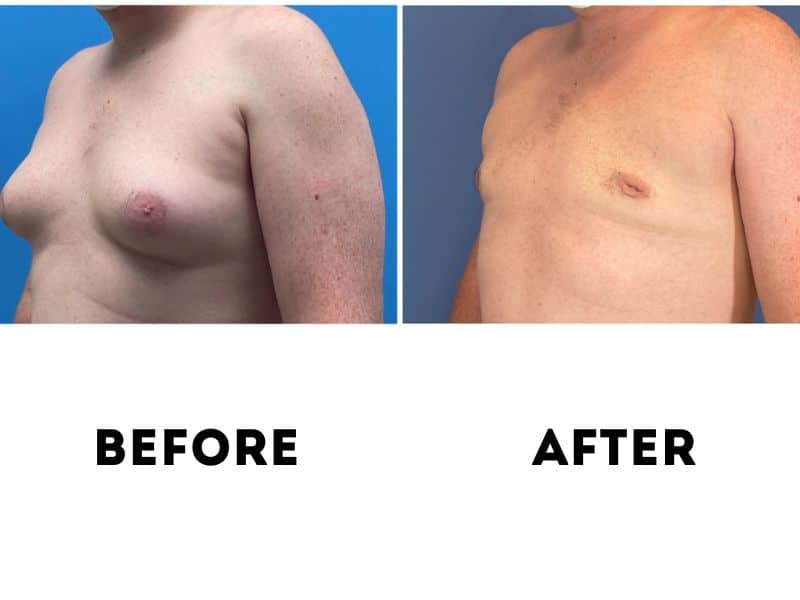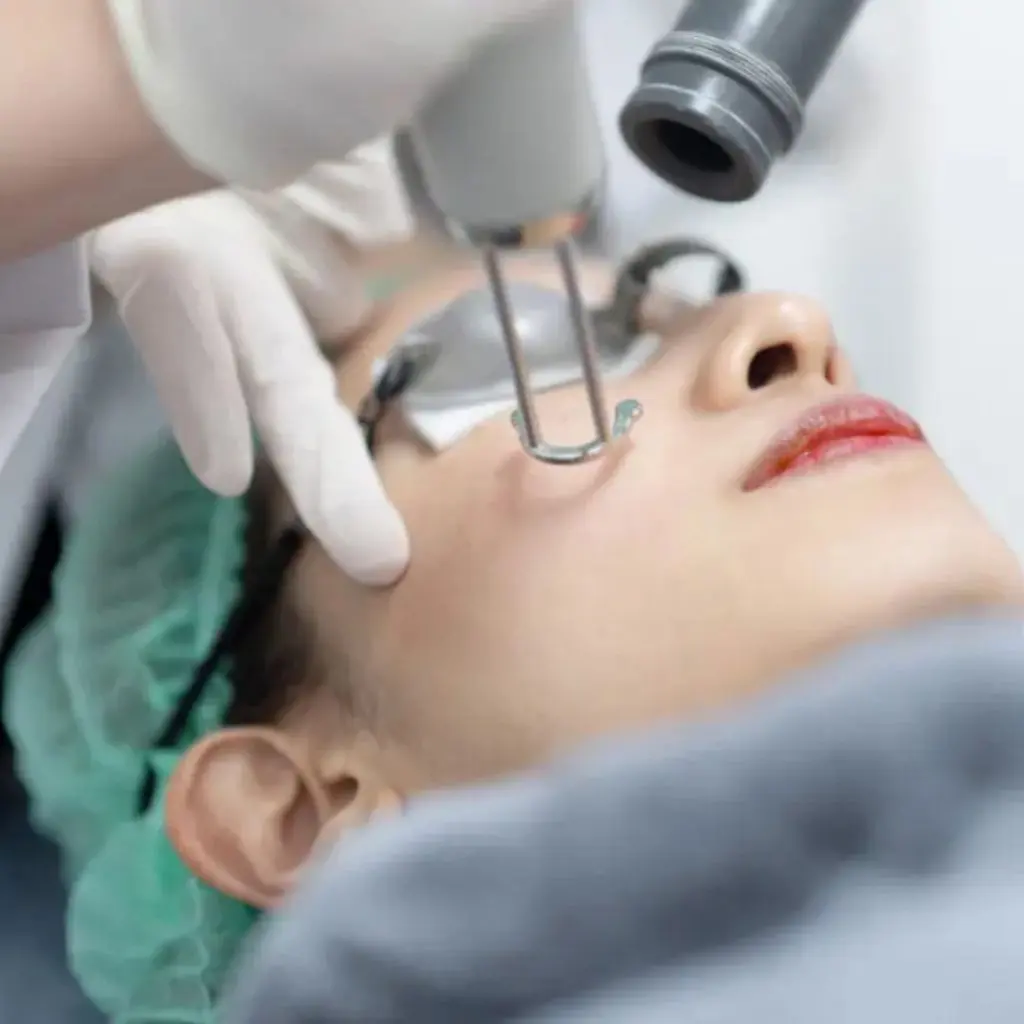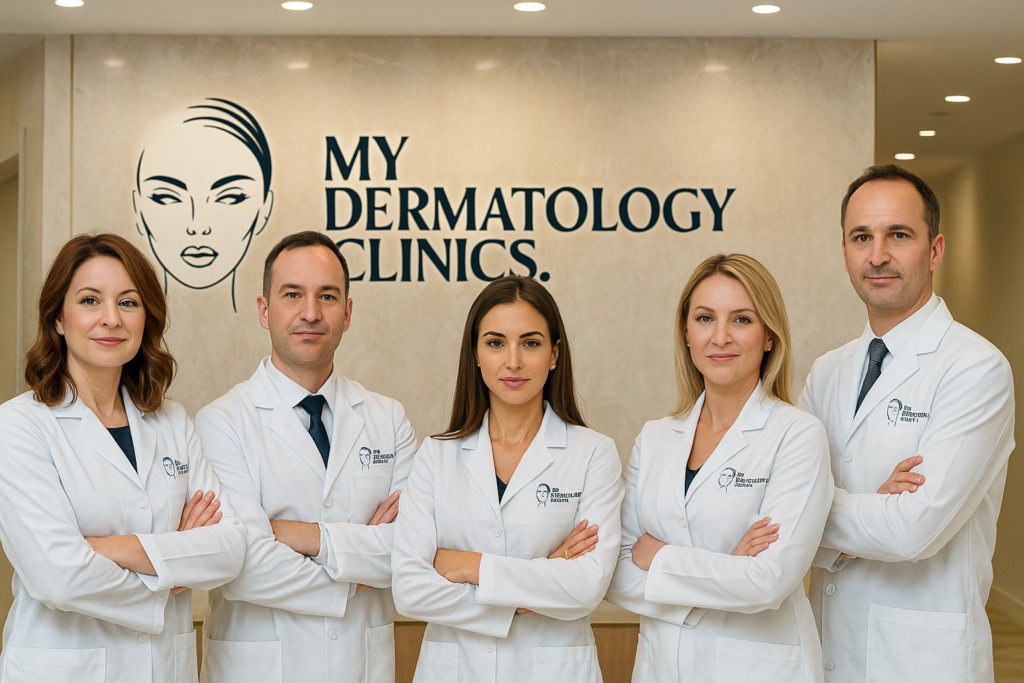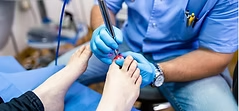Gynecomastia Treatment at My Dermatology Clinics
- Concern & Treatment
Gynecomastia, or the enlargement of male breast tissue, can cause discomfort and self-consciousness. At My Dermatology Clinics, we offer effective, discreet, and personalised treatments to help you feel confident and comfortable in your body. Book Your Consultation
Excellent
based on 359 reviews
Our Customers say Excellent
4.8 out of 5 based on 359 reviews
Expert Doctors with Decades of Experience
Top-Tier Care at Affordable Prices
On-Call Doctors Available 7 Days a Week for Our Patients
Same day treatments available
RECOVERY
1–3 days

At My Dermatology Clinics, we provide a range of tailored treatments for gynecomastia, focusing on addressing the underlying causes and achieving natural-looking results. Mild cases caused by hormonal imbalances or lifestyle factors can often be managed through non-invasive options such as hormone therapy or fat-reducing injections. These treatments help regulate hormone levels, reduce swelling, and target excess fat in the chest area. For cases involving significant glandular tissue, minimally invasive options like liposuction or laser therapy may be used to sculpt and contour the chest for a flatter appearance.
In more severe cases, surgical intervention may be necessary to remove excess glandular tissue. Our expert surgeons perform these procedures in a safe and sterile environment, prioritizing precision and patient comfort. Throughout the process, our team ensures that every treatment plan is personalised to the individual’s specific needs, with a focus on achieving aesthetically pleasing and confidence-boosting results. Whether you’re looking for non-surgical solutions or considering surgery, My Dermatology Clinics is here to guide you through every step of your journey.
- Tried Home remedies?
- Over-the-counter creams?
- Ignoring it?
- They don’t work.
- Too weak. Don't go deep enough
- It only gets worse.
You Don’t Have to “Just Live With It”
What causes gynecomastia?
Is gynecomastia common?
What non-surgical treatments are available?
When is surgery necessary for gynecomastia?

Start Your Journey With Us
Please fill in this form and one of our team will give you a call back to arrange a consultation with one of our expert dermatologists.
Our Expert Dermatologist.
Our expert dermatology team combines medical excellence with a personalised approach.
Led by GMC-registered consultants, we bring years of experience in treating both complex skin conditions and delivering advanced cosmetic care. At My Dermatology Clinic, you’re in the hands of trusted specialists dedicated to helping you feel confident in your skin.


Step 1: Book Your Consultation
Schedule your free consultation online—quick, easy, and no referral needed.

Step 2: Professional Diagnosis
Our specialist will examine your nails, assess the severity, and recommend the best treatment plan

Step 3: Free Same-Day Treatment
If you commit to the full treatment plan, your first session is free and starts immediately after your consultation.

Step 4: Follow-Up Treatments
We schedule your remaining sessions to ensure steady progress and full nail recovery.

Step 5: Aftercare & Prevention
We provide expert guidance to help prevent reinfection and keep your nails healthy long-term.
